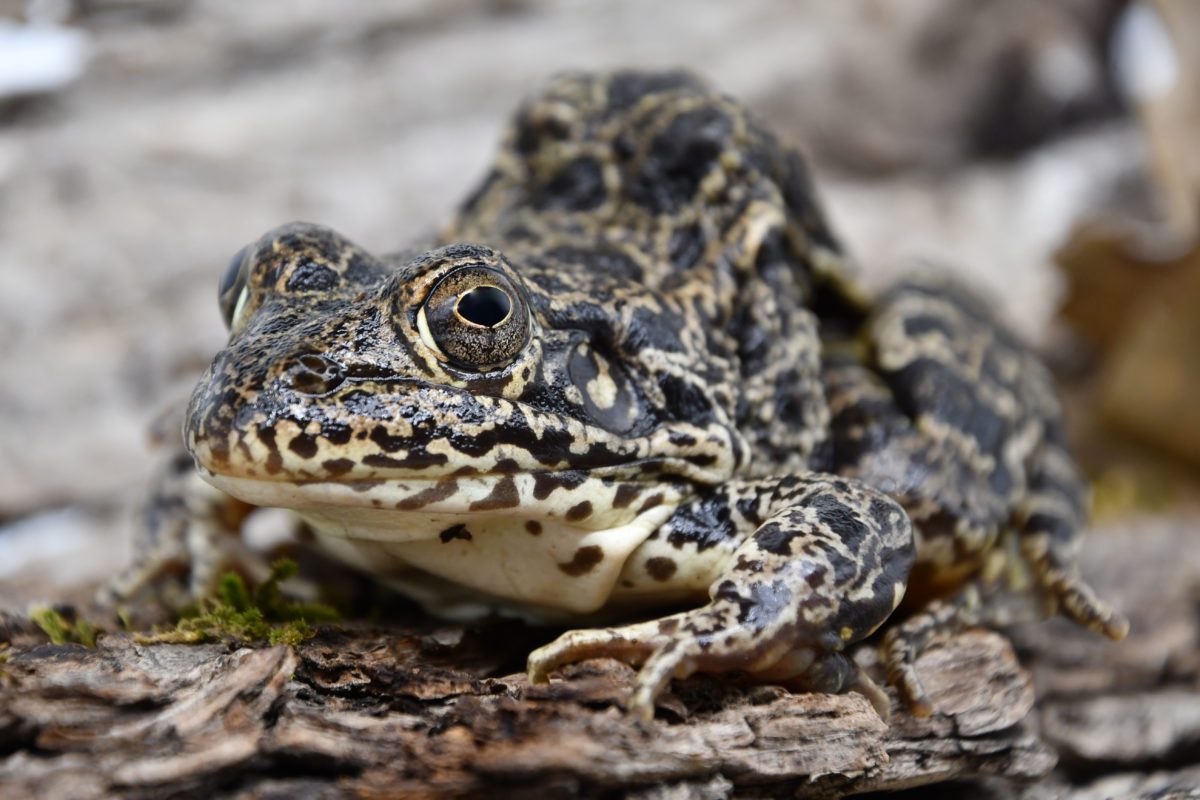The Oklahoma Department of Wildlife Conservation’s Wildlife Diversity Program (WDP) was established in 1981. Focusing on rare, declining and threatened species, as well as common species not hunted or fished, the program has an important impact on the health of Oklahoma’s ecosystem.
As an example of the program’s efforts, Oklahoma State University led a state wildlife grant project in 2003 which brought about a series of alligator snapping turtle projects. As a result, the Tishomingo National Fish Hatchery reintroduced the species into several watersheds.
In July 2022, the WDP launched two projects connected to the Red Slough Wildlife Management Area (WMA). The WMA covers 5,280 acres in McCurtain County and includes mudflats, emergent marshes, bottomland hardwood, areas of lowland/upland prairie and permanent reservoirs, as well as a waterfowl refuge.
These two 2022 projects spotlight the small alligator population in and around the WMA. In this case, the program is partnering with Southeastern Oklahoma State University and Southeastern Adventist University for a two-year study involving the native alligator population, including developing a long-term management plan for the species. This project began the department’s first official assessment of Oklahoma’s alligator population.
These are examples of projects connected to the WDP’s “Oklahoma Comprehensive Wildlife Conservation Strategy,” a guide document used to help conserve wildlife and maintain Oklahoma’s rich biological heritage for present and future generations.
“This document is used to prioritize conservation issues and actions, and identify research and survey needs on species considered to be of greatest conservation need,” says Jena Donnell, the department’s communication specialist. “The strategy primarily focuses on the distribution and abundance of wildlife – including low and declining populations – describes their key habitats, and identifies conservation issues and the actions that may benefit the species. It is intended to provide broad, proactive guidance for conservation efforts of Oklahoma’s rare and declining species that can be used by any conservation-minded group or agency in the state.”
According to Donnell, the plan currently identifies 313 species of amphibians, birds, fish, invertebrates, mammals and reptiles that can be the focus of state wildlife grants. Through the grant program, the Wildlife Diversity Program and its conservation partners are addressing species such as the Texas horned lizard, alligator snapping turtle, tricolored bat and Eastern whip-poor-will. More than 100 grants have been funded in Oklahoma, and each provides more information about Oklahoma species.
Donnell says to remain eligible for state wildlife grant funding, the department must update its strategy every 10 years, and the department plans to have an updated strategy available in 2025.

Getting Involved
Addressing how Oklahomans might contribute to conservation efforts, Donnell says, “sharing nature sightings is one of the easiest and most effective ways you can get involved. It’s something you can do whether you’re new to nature or have years of experience, and every sighting helps biologists learn a little more about our state’s natural resources. The specific what, when and where details of your sighting can help biologists track the status of fish, wildlife and plants across the state. These details, along with a photo, can be shared on free nature apps like iNaturalist or eBird.”
Image cutlines: The Oklahoma Department of Wildlife Conservation created the Wildlife Diversity Program to assist in looking out for endangered species around the state. Photos courtesy the Oklahoma Department of Wildlife Conservation























